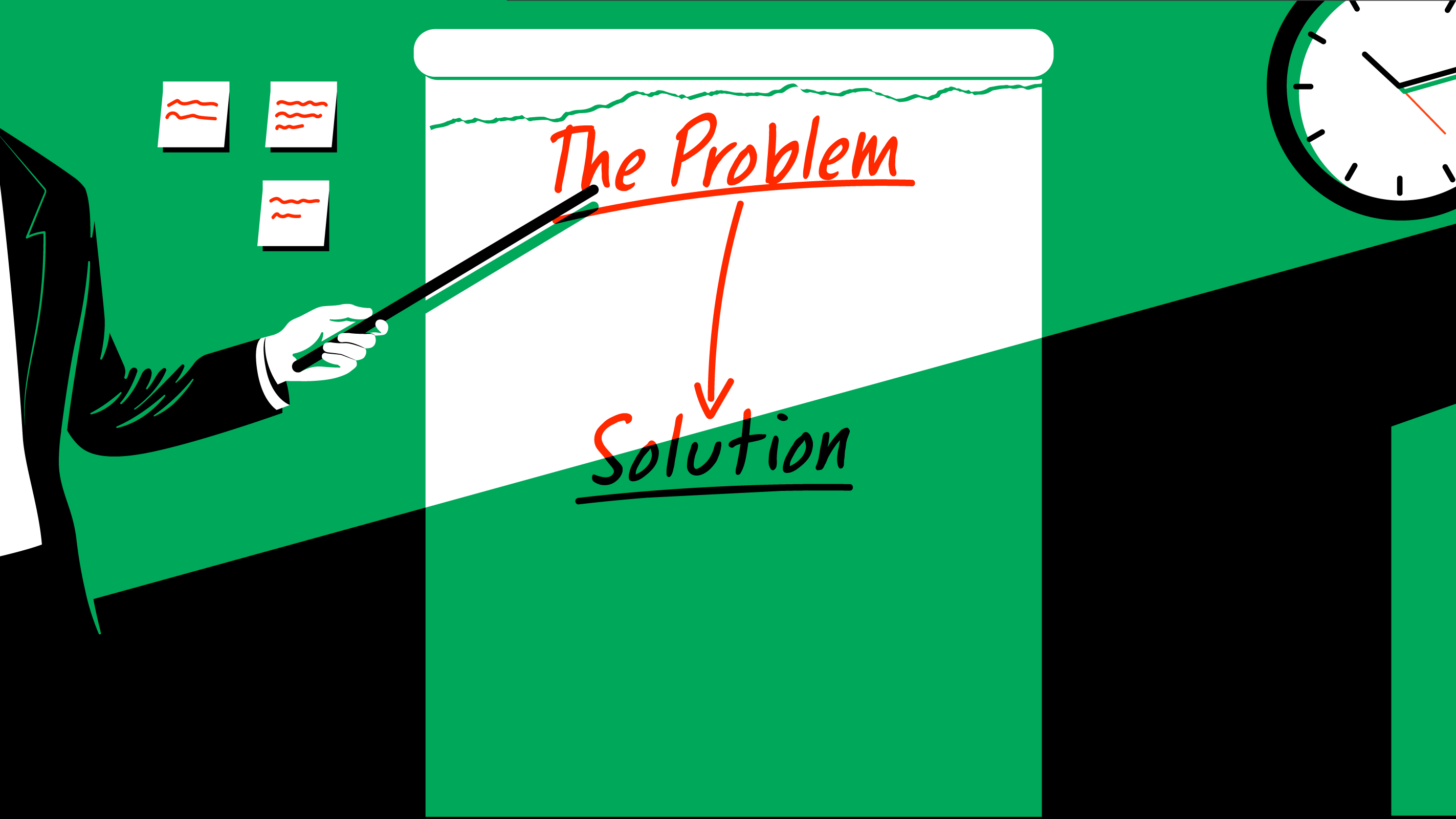The Flying Object Brand Marketing 101: Part 2 - Briefs
The key concepts in brand marketing, from a Flying Object point of view
A creative brief is one of the most important elements in any commercial creative process. When done well, it consolidates everything that the creative work needs to say and achieve into a short, easy to understand, clear document. It's a spring board. A diving board. The best possible starting point.
It doesn't just point clients, creatives and makers in the same direction. It provides a map in case everyone gets lost. If something really isn't working? We all go back and investigate the creative brief. We recalibrate. We reconsider. Reformulate. And voila. A better spring board. Off we go!
An excellent creative brief is hard to write. This is a good thing. The process of writing it should be an investigation. It should make everyone involved think hard about their goals, strategy and message. What creative risks does everyone want to take? What responsibilities does everyone have? Ultimately, a creative brief should be concise (the clue’s in the name), focused and insightful.
At Flying Object we think there are three important things that should never be overlooked when writing an excellent creative brief. These are the questions we ask ourselves:
1. Why are we writing a creative brief?
It’s always good to know why we’re all here in the first place. Sometimes clients need help identifying their long term objectives or short term goals. Other times, brands might be faced with a problem or crisis that is hard to recognise without fresh perspective. Let's not forget that some projects are simply a great opportunity. They deserve just as much brain wattage and attention as any other reason.
Why do we need an overall aim or objective? Some agencies will talk about 'north stars', or 'red threads'. In many ways, this first step of the creative brief is everyone getting on board the same project. It sounds obvious, too obvious to be much of a tip. But if this step hasn't been done effectively, it may prove difficult to get final sign off on creative work. Ask yourself at this point: what does success look like?
Something else to bear in mind: multiple client departments often have to collaborate when putting out communications. Even with smaller clients, there will be teams of people with completely different perspectives. Aligning internally is always a priority.
Bad example: We need to make a video for a conference with our largest clients to explain what our product does.
Good example: Our overall goal is to increase sales among large customers. We know that they often struggle to comprehend what exactly our product does, so the objective of this brief is to build understanding among this audience.
2. Who does your brand want to talk to? Why?
It's always worth taking time to really think about the real people we want to hear our message. Yes they are audiences. But they're also individuals with lives. So, where are they in their life? What's going on culturally around them? What's the biggest challenge we can think of when it comes to creating a dialogue with them?
We'll make sure we really understand your audience's media consumption patterns, and their awareness of your brand. We’ll ask ourselves: in all honesty, what are their feelings towards it? Popular culture and socio-political norms are in a state of constant fast moving flux, making it important to have self-awareness throughout the creative process.
What big hurdles are facing your audience right now? Not having awareness or empathy could cause our creative idea to be rejected, or even worse, cause offence. Which is why we always ask: what does a community want and need to happen in the world? How can we help or amplify their cause?
Bad example: Our audience is CTOs of big retail brands
Good example: Our audience is CTOs of big retail brands. They’re busy, and get pitched lots of products every week. Retail tech is moving very quickly and our audience worries about being left behind, but they are similarly concerned about investing heavily in something they don’t really understand, which doesn’t work out. Ultimately they want to work with people who understand their problems.
3. What’s the big message? What's the news?
What is the ONE thing you need this video to say to that audience? What do you want them to take away and keep thinking about? Some people call it unique product insight, others call it news. We believe that there's always time to keep talking around this. Keep refining. Because insights are powerful, and they can bring new perspectives to big audiences.
It's also important to compare your brand's big news to your competitors' big news. Because if everyone's sharing the same unique product insight then…. Yep. Sorry, but it's back to the drawing board. It can feel annoying having to take a step backwards in a project. But ultimately it will ensure the work really stands out and makes an impact.
Can we do five product messages if a project is super cool? Well, yes. But it makes it harder for your audience to remember what you said. It also dilutes any conversation that might spring up. Keeping ideas simple helps them travel further than you ever imagined possible. So make up your mind about what you want to say, and stay confident.
Bad example: Please see product benefit matrix in the appendix.
Good example: Our product saves you money by simplifying the conversion process.
That's it?
Well, no :) But it’s a good place to start. There are many other aspects to consider, from tone of voice to media placement. At Flying Object these are the cornerstones of our creative brief. The more sturdy our answers, the greater our confidence. Which means we're on track to start making some amazing creative work.

